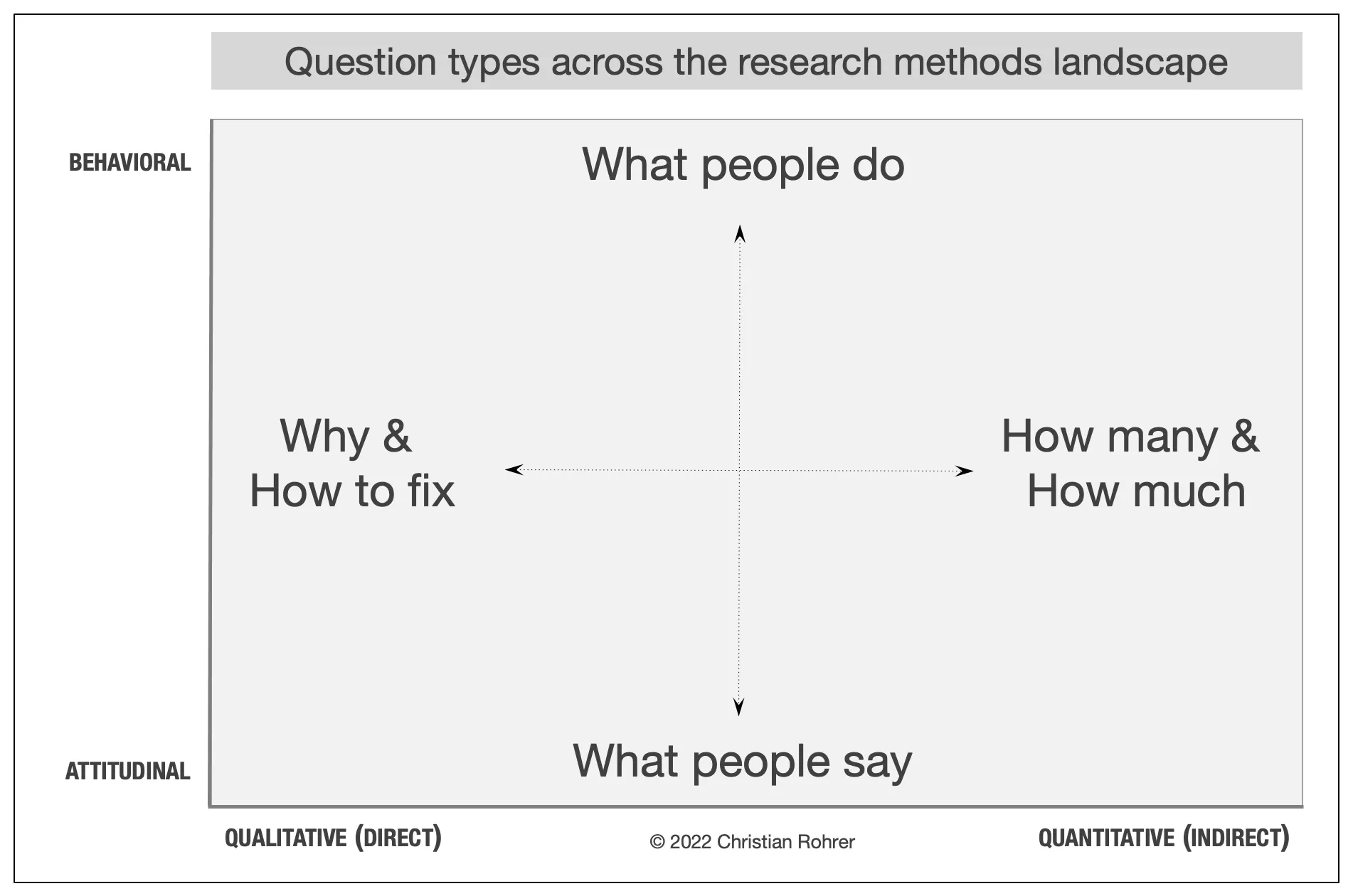Design Process
Empathize
Overview

Welcome to the first phase of the bootcamp! We will be going over quite a few, but necessary topics in UX Design, including design thinking models, user research, and the 3-dimensional framework from the NNGroup. Please keep in mind the information you learn in this phase of the bootcamp will be important for the next phase of the bootcamp! And throughout the bootcamp, feel free to jump to the project prompt first, then come back to take notes on sections helpful to you. Or in whichever order works for you.
Module Length: 25 min
Design Thinking Models

To start, let’s define design thinking. Design thinking is “a methodology that attempts to solve complex problems in a creative and user-centric way,” according to Adobe. The design thinking process helps you evaluate what you’re trying to solve, who you’re trying to target, and why your solution would work the best compared to what’s already out there. Understanding design thinking will empower anyone to tackle complex challenges regardless of their skill level, industry, or Design Thinking is often confused with Human-Centered Design. To clarify:
- Design Thinking is a framework used to solve problems
- Human-Centered Design focuses on human perspectives to solve problems

Depending on the project or the designer, some models are preferred over others. Here are some Design Thinking models you might come across:

Hasso Plattner Institute of Design at Stanford

Design Council UK, Charity for Strategic Design

IDEO’s Human Centered Design Process

Google Design Sprints

NNGroup’s Design Thinking Process

The design bootcamp will follow the 5-Stage Design Thinking Model, originally posited by the Hasso Plattner Institute of Design at Stanford (d.school). There are many design thinking models, and this is not the complete list, as you may find with a quick Google search. Some organizations may prefer using one over the other or they might form their design thinking model. If you want to read more in-depth about different design thinking models check out these two great articles: Anthony Conta & Libby Hoffman. Design Thinking, for the most part, is a non-linear, iterative process, but the process may vary depending on who you talk to.
Empathizing with your user

As you’ve seen from the previous sections, design thinking begins with Empathy, the first phase in the 5-Stage Design Thinking Model. The Empathize phase involves conducting user research, or UX Research. Any project will benefit from using UX research methods, ****but the key question is what to use and when to use them. To better understand which methods to use, we will be viewing them along the NNgroup’s 3-dimensional framework with the following axes:
1) Attitudinal vs Behavioral
2) Qualitative vs. Quantitative
Attitudinal vs Behavioral
In summary the distinction can be described as:
- Attitudinal methods representing the people behind ****behaviors and attitudes gathered directly
- Behavioral methods representing the people behind ****behaviors and attitudes gathered indirectly

Qualitative vs Quantitative
In summary the distinction can be described as:
- Qualitative methods representing the data behind behaviors and attitudes gathered directly
- Quantitative methods representing the data behind behaviors and attitudes gathered indirectly

View the list of the UX Research Methods mentioned above. Try and toggle the filters to view the differences!
Empathize Phase Conclusion

This concludes the end of the Empathize phase. We covered methods you can use to empathize with your users and gather data for the next phase! Define will be the second phase in the design thinking process. The next phase covers the importance of synthesizing information, exploration of synthesis methods, and defining your problem statement. Don’t forget to be creative and get started on the first phase of the Design Bootcamp Project!
Bootcamp Project
Research! One of the most important things needed in the design process. In order to start a project, you must build a foundation and get to know your users and the current problem space through empathy and research. Practice your research skills in your respective bootcamp projects.
Empathize Video
Please ignore the activity in the video, you will not need to complete it.